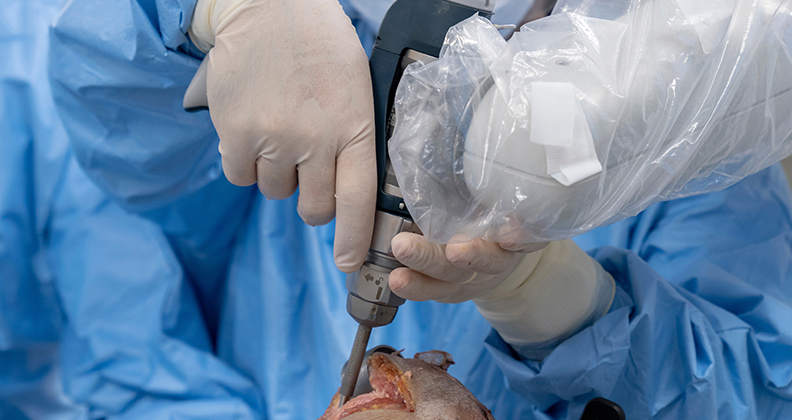
New technology can be highly effective and innovative, but for it to take root in orthopedics two things must also be true: Surgeons need to be willing to use it and it must make sense financially.
For example, the widespread adoption of robotic platforms has been significantly hampered by cost and complexity. Accelus CEO and co-founder Chris Walsh said that current systems and legacy pricing models create an incongruence in the market. Plus, many platforms require significant support and add substantial operative time to cases.
Accelus is addressing both issues in the spine market through its minimally invasive implants and Remi Robotic Navigation System — both of which are designed for use in ambulatory surgery centers (ASCs) and price-sensitive markets.
Many ASCs don’t have the budget or case volume to support the purchase of a million-dollar robot or navigation system, but the outpatient market is critical to supporting the ever-growing spine patient population.
“Lower costs and higher efficiency are key to fulfilling the promise of robotics and surgical navigation,” Walsh said. “Digital technologies must fit within the surgeon’s workflow, simplify procedures and not add significant time or cost to patient care.”
The costs of enabling technologies were prohibitive in their first generations. That’s becoming less of an issue. As more systems enter the market, competition drives down prices. Sales models have also shifted from outright system purchases to rental agreements and implant guarantees. Still, other challenges remain for orthopedic companies that want to get their products into surgeons’ hands.
Reimbursement and payment pathways are the biggest barriers to market entry for new technologies, according to Bill Hunter, M.D., CEO of Canary Medical.
“Widespread adoption is challenging unless companies can prove there’s some substantive improvement in patient outcomes and that the change in outcomes comes with a resulting lowering of cost,” he said. “On the front end, innovation will come from smaller companies. On the back end, commercialization and market establishment will become the purvey of larger organizations.”
Orthopedic companies need to ensure that the costs facilities incur to add new platforms make sense in the broader economics of surgical care, said Benjamin Hertzog, Ph.D., CEO of Intelligent Implants. “There has to be a very strong value proposition, both clinically and economically, for the technologies to make financial sense,” he added.
Surgeons and facility executives weigh several factors when deciding whether to purchase a new technology, including how much they’re reimbursed for the procedures in which it’ll be used and the likelihood of convincing insurers to pay more for the use of a premium device.
And of course, emerging technology must be a simple adjustment for surgeons to adopt. They must ultimately be comfortable using it in the O.R.
“The form factors need to be deliberately engineered into a package that matches what surgeons are used to picking up and using, so that they don’t have to change their surgical technique,” said Leighton LaPierre, Co-Founder and COO of DirectSync Surgical. “We’re trying to create value-adds that don’t disrupt how surgeons perform surgery and devices move through the health system.”
HT
Heather Tunstall is a BONEZONE Contributor.




